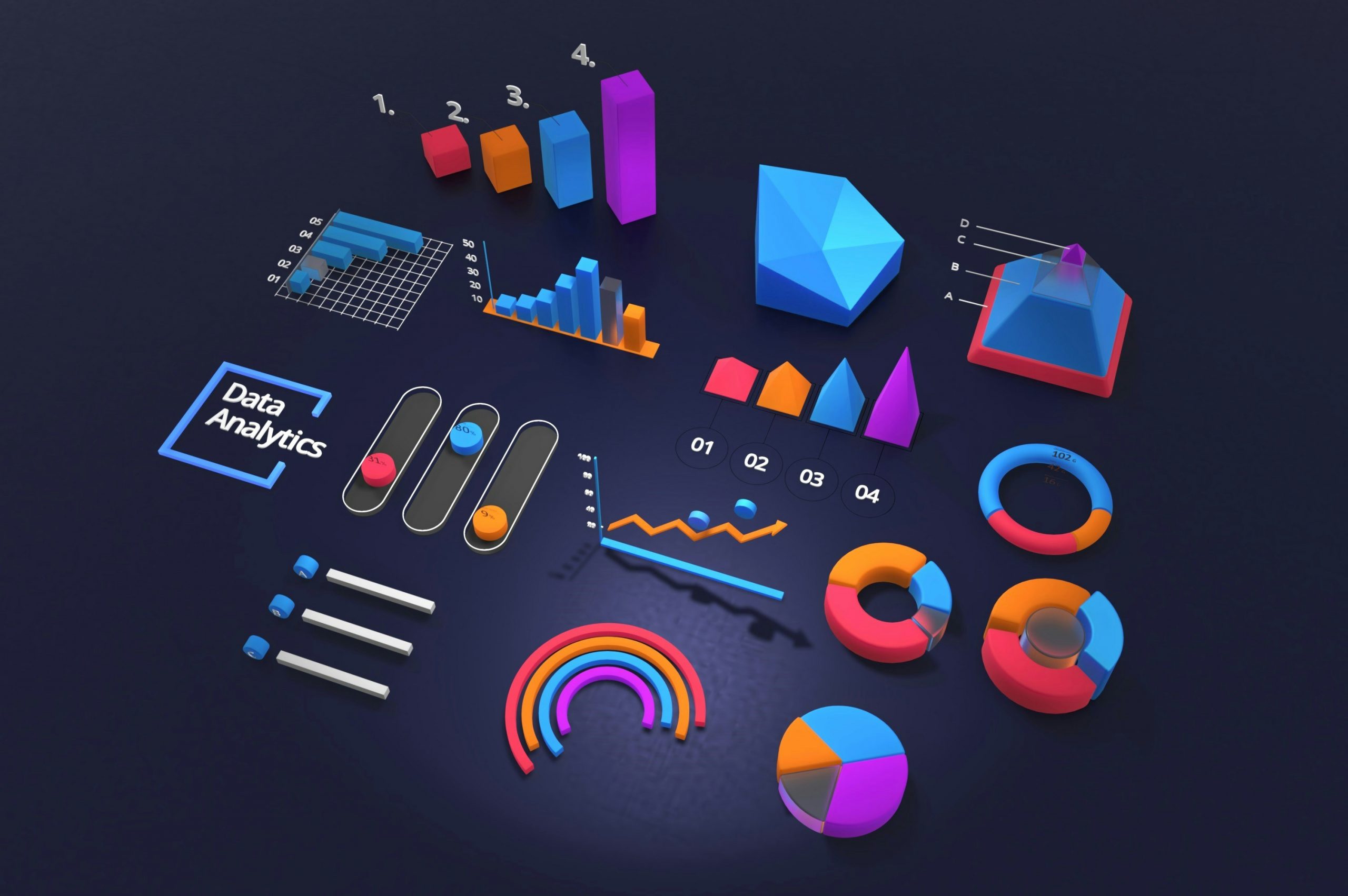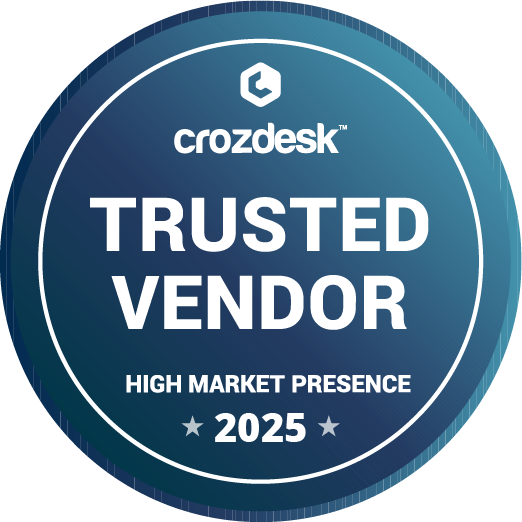
In today’s data-driven digital world, marketing agencies, SEO firms, and analytics teams rely heavily on accurate and accessible insights. With the increasing volume of data being collected across platforms, tools that enable quick understanding and efficient decision-making are essential. One such tool that has revolutionized modern marketing operations is the customizable dashboard—a central hub that brings the power of adaptive insight to life.
Dashboards have been part of digital workflows for years, but their capabilities have significantly advanced. What once displayed static charts or periodic reports is now a dynamic, adaptive system that responds in real time to user needs. Earlier dashboards were built around predefined metrics and generic layouts, but modern systems embrace customization and personalization. These improvements allow marketing teams to focus on KPIs that truly matter to them, without being distracted by irrelevant information.
This evolution reflects a broader shift toward adaptive insight—the ability to generate meaningful, real-time conclusions from constantly changing data sets.
What Are Customizable Dashboards?
A customizable dashboard is a user interface that displays key metrics, data visualizations, and insights in a way that users can tailor to their specific needs. Users can often choose which widgets or panels to include, adjust timeframes, apply filters, and create reports. This level of control offers both high-level overviews and granular breakdowns depending on the user’s objective.
For example, a digital marketing manager may want to track website traffic, SEO performance, and social media engagement all in one place. Meanwhile, a sales team might focus on conversions, leads, and revenue. A customizable dashboard allows each team to view the data that matters most to them—without waiting on analysts or developers to produce specialized reports.
The Role of Adaptive Insight
Adaptive insight refers to the ability of a system to respond to data inputs and reveal trends, warnings, or opportunities in real time. While dashboards collect and display data, adaptive insight interprets it—helping users make smart, informed decisions faster.
Imagine a situation where website traffic drops suddenly. An adaptive dashboard can not only display the drop but also flag potential causes like server downtime or changes in search engine rankings. When paired with automation and machine learning, adaptive insights become even more powerful—anticipating issues and making recommendations before problems escalate.
The Business Benefits
Implementing customizable dashboards supported by adaptive insight capabilities provides numerous advantages for businesses:
- Real-Time Decision-Making
Rather than waiting on periodic reports, teams can access the most up-to-date information anytime. This helps avoid delays and enables faster responses to market changes.
- Reduced Complexity
By filtering out irrelevant information and focusing on targeted metrics, dashboards reduce noise. Users aren’t overwhelmed by data—they’re empowered by it.
- Cross-Departmental Alignment
With each team having access to relevant data tailored to their roles, businesses can ensure departments are working from the same source of truth. This promotes transparency and accountability.
- Improved Client Reporting
Agencies can share branded, real-time dashboards with clients, showing ongoing performance and fostering trust. This also cuts down the time spent generating manual reports.
- Scalability
As businesses grow, so do their data needs. Custom dashboards scale easily, adding new widgets or metrics without overhauling the entire system.
The Technology Behind It
Today’s customizable dashboards are often cloud-based and integrate with multiple platforms like Google Analytics, CRM systems, ad networks, social media tools, and SEO software. They leverage APIs to pull data and often use artificial intelligence or machine learning to power adaptive insight features.
Customization isn’t just about choosing colors or fonts—it includes rule-based alerts, trend tracking, and even predictive analytics. As a result, users get more than just visibility—they gain foresight.
Use Case: SEO and Marketing Agencies
For agencies managing multiple clients, each with different objectives, a one-size-fits-all dashboard doesn’t cut it. These businesses need a tool that can:
- Handle large data sets across industries
- Allow segmentation by client or campaign
- Deliver reports automatically
- Highlight anomalies or changes in performance
That’s where solutions like Click Insights agency software become invaluable. It enables SEO professionals and marketing agencies to design bespoke dashboards tailored to each client, combine SEO data with other KPIs, and automate performance tracking with adaptive insights.
By reducing manual work and increasing precision, tools like this free up time for strategic thinking and client engagement.
Common Dashboard Customization Features
When choosing a dashboard platform, look for these essential features:
- Drag-and-drop layout tools – Easily rearrange panels or add new elements.
- Data integration – Connect to various sources such as analytics tools, social platforms, and CRM systems.
- Custom metrics – Define specific KPIs or formulas to track.
- User roles and permissions – Control access based on roles (e.g., admin, editor, viewer).
- White labeling – Brand the dashboard with your logo and colors for client presentations.
- Scheduled reports – Automatically send updates to stakeholders on a recurring basis.
The more flexible the dashboard, the better it can grow and adapt with your organization.
Tips for Maximizing the Power of Dashboards
To truly benefit from customizable dashboards and adaptive insight, consider the following best practices:
- Start with clear goals: Know what you want to track before building your dashboard.
- Avoid clutter: Focus on metrics that drive action; don’t overload users with information.
- Review and refine: Dashboards should evolve as your business goals change.
- Involve end-users: Let team members offer feedback on what data they need most.
- Embrace automation: Set up alerts, scheduled reports, and anomaly detection to stay ahead.
These strategies ensure your dashboard remains a powerful, evolving asset rather than a static display.
Conclusion
Customizable dashboards backed by adaptive insight are transforming how organizations interact with data. They provide flexibility, speed, and relevance—three pillars every business needs to stay competitive. Whether you’re running a marketing agency, managing an in-house analytics team, or supporting a portfolio of SEO clients, investing in a system that adapts to your needs and delivers insights in real time is no longer optional. It’s essential.
Raghav is a talented content writer with a passion for creating informative and interesting articles. With a degree in English Literature, Raghav possesses an inquisitive mind and a thirst for learning. Raghav is a fact enthusiast who loves to unearth fascinating facts from a wide range of subjects. He firmly believes that learning is a lifelong journey and he is constantly seeking opportunities to increase his knowledge and discover new facts. So make sure to check out Raghav’s work for a wonderful reading.




